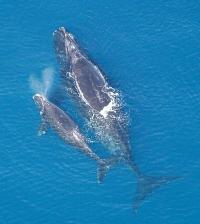 North Atlantic right whales are among the rarest of marine mammals. Only about 450 of the whales are thought to exist. In 2017 alone an estimated 17 right whales have died while only 5 whales are believed to have been born. Ship strikes and entanglements with fishing nets and gear are the leading causes of death for North Atlantic right whales.
North Atlantic right whales are among the rarest of marine mammals. Only about 450 of the whales are thought to exist. In 2017 alone an estimated 17 right whales have died while only 5 whales are believed to have been born. Ship strikes and entanglements with fishing nets and gear are the leading causes of death for North Atlantic right whales.
As reported by Phys.org:
The situation is so dire that American and Canadian regulators need to consider the possibility that the population won’t recover without action soon, said John Bullard, the Northeast Regional Administrator for NOAA Fisheries. The high year of mortality is coinciding with a year of poor reproduction, and there are only about 100 breeding female North Atlantic right whales left.
“You do have to use the extinction word, because that’s where the trend lines say they are,” Bullard said. “That’s something we can’t let happen.”…



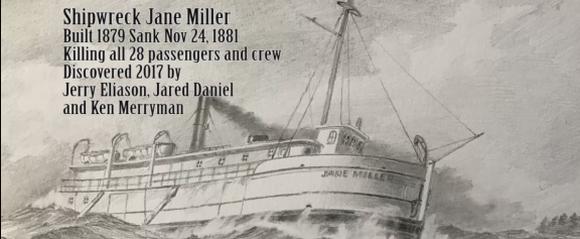 On November 25, 1881, the steamer Jane Miller sank in the Georgian Bay off Lake Huron with the loss of 28 passengers and crew.
On November 25, 1881, the steamer Jane Miller sank in the Georgian Bay off Lake Huron with the loss of 28 passengers and crew.  I am very pleased and grateful that my new novel,
I am very pleased and grateful that my new novel, 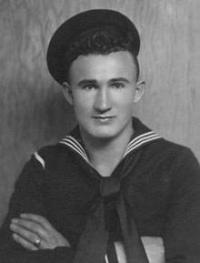 Joe George is no longer the “unknown sailor” on the USS Vestal. The Secretary of the Navy Richard V. Spencer has announced the
Joe George is no longer the “unknown sailor” on the USS Vestal. The Secretary of the Navy Richard V. Spencer has announced the 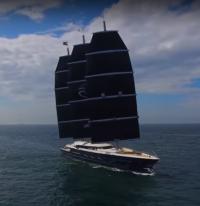 Russian billionaire oligarch
Russian billionaire oligarch 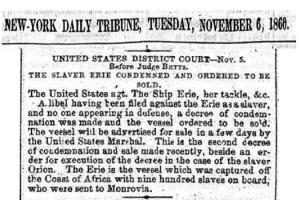
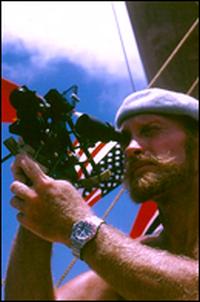 As a teenager growing up in Brooklyn,
As a teenager growing up in Brooklyn, 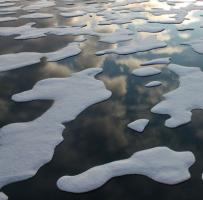
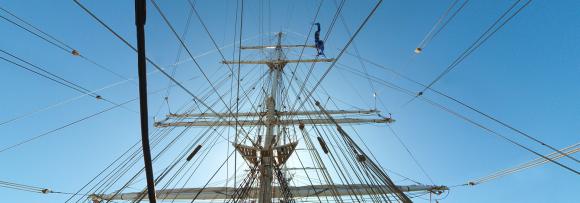 We are several months late in posting about
We are several months late in posting about 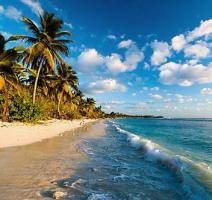 An
An  I am a big fan of strip kayaks in general and the designs of Nick Schade of
I am a big fan of strip kayaks in general and the designs of Nick Schade of 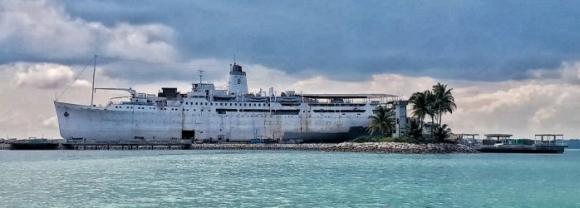
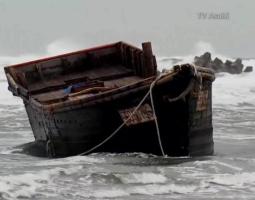 A
A 
 In 1775,
In 1775,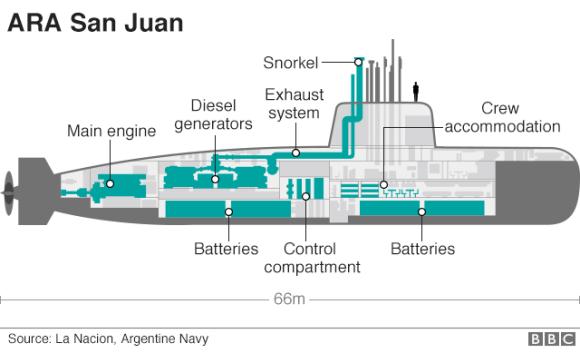 The news of the Argentine submarine ARA San Juan, missing since a week ago last Wednesday, has been uniformly grim. A report on Tuesday of a “heat stain” picked up by a US search place has come to naught.
The news of the Argentine submarine ARA San Juan, missing since a week ago last Wednesday, has been uniformly grim. A report on Tuesday of a “heat stain” picked up by a US search place has come to naught.  Happy Thanksgiving for those on this side of the pond and below the 49th parallel. (The Canadians celebrated the holiday in October.) Here is repost of a story I think is well worth retelling. In the United States, Thanksgiving only became a national holiday in October of 1863. One of the early advocates of the holiday was the remarkable Sarah Josepha Hale, who is also remembered for a famous nursery rhyme and had a World War II Liberty ship named in her honor. An updated repost from 2014:
Happy Thanksgiving for those on this side of the pond and below the 49th parallel. (The Canadians celebrated the holiday in October.) Here is repost of a story I think is well worth retelling. In the United States, Thanksgiving only became a national holiday in October of 1863. One of the early advocates of the holiday was the remarkable Sarah Josepha Hale, who is also remembered for a famous nursery rhyme and had a World War II Liberty ship named in her honor. An updated repost from 2014: